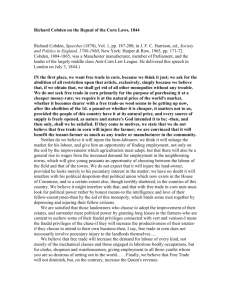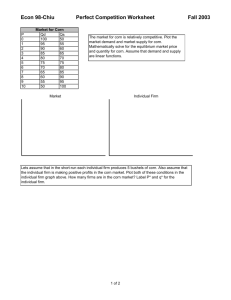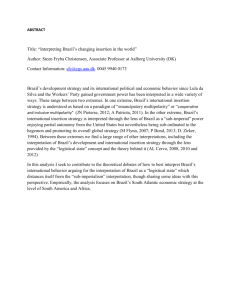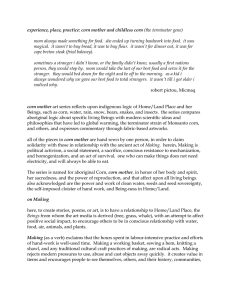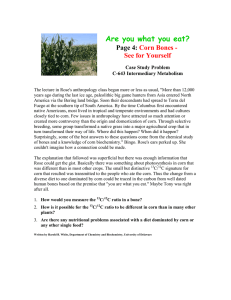four of the images - Sage Middle School
advertisement
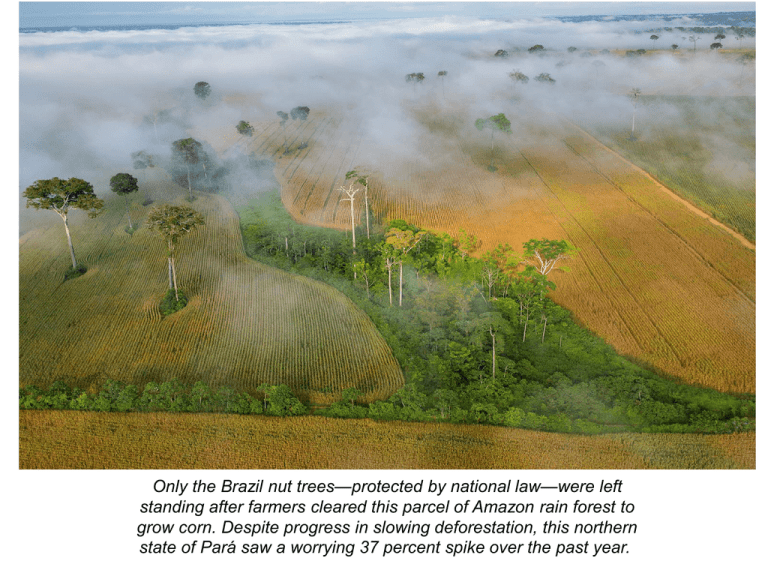
Only the Brazil nut trees—protected by national law—were left standing after farmers cleared this parcel of Amazon rain forest to grow corn. Despite progress in slowing deforestation, this northern state of Pará saw a worrying 37 percent spike over the past year. At the Nutribras pig farm in Mato Grosso, Brazil, sows are confined to sectioned crates that allow a mother to suckle her piglets without accidentally crushing them. Hog farms can be big polluters—the average 200-pound pig produces 13 pounds of manure a day—but Nutribras recycles waste as fertilizer and methane power. Each month some 4.5 million chickens are killed, plucked, cut, trimmed, and packaged at this plant near Sidrolândia, Brazil. Their parts will travel the globe: Wings and feet go mostly to China, legs to Japan, and breasts to Europe. The global appetite for chicken means that production of poultry is growing much faster than that of either pork or beef At Monsanto’s North Carolina lab, corn plants emerge from an automated photo booth that documents their growth. The company is trying to develop strains of corn and soybeans that need less water and fertilizer—a goal that’s eluded biotech thus far. Reducing the use of such resources is key to feeding the world in the coming decades.



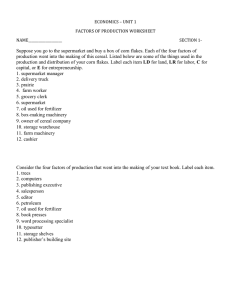



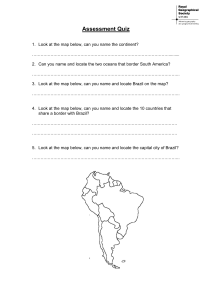
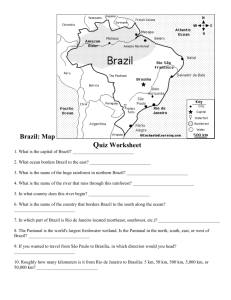



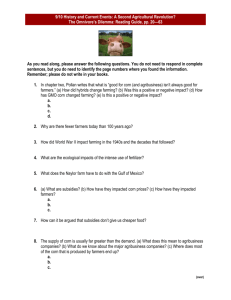
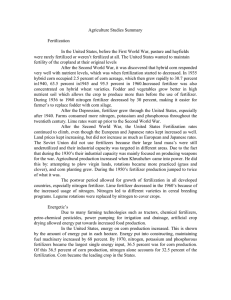
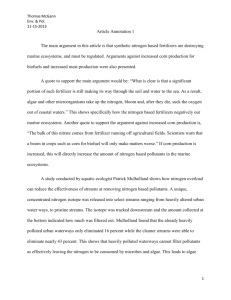
![Questions for (3.3.3) Externalities in agriculture [True or False?] The](http://s2.studylib.net/store/data/009995147_1-f1de64b535b6f4b8fe06925685d00ca4-300x300.png)
